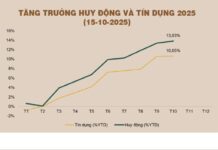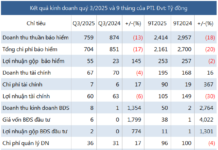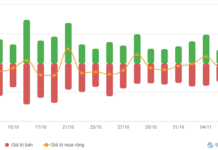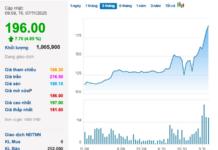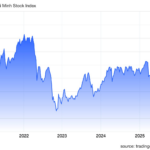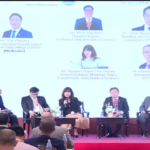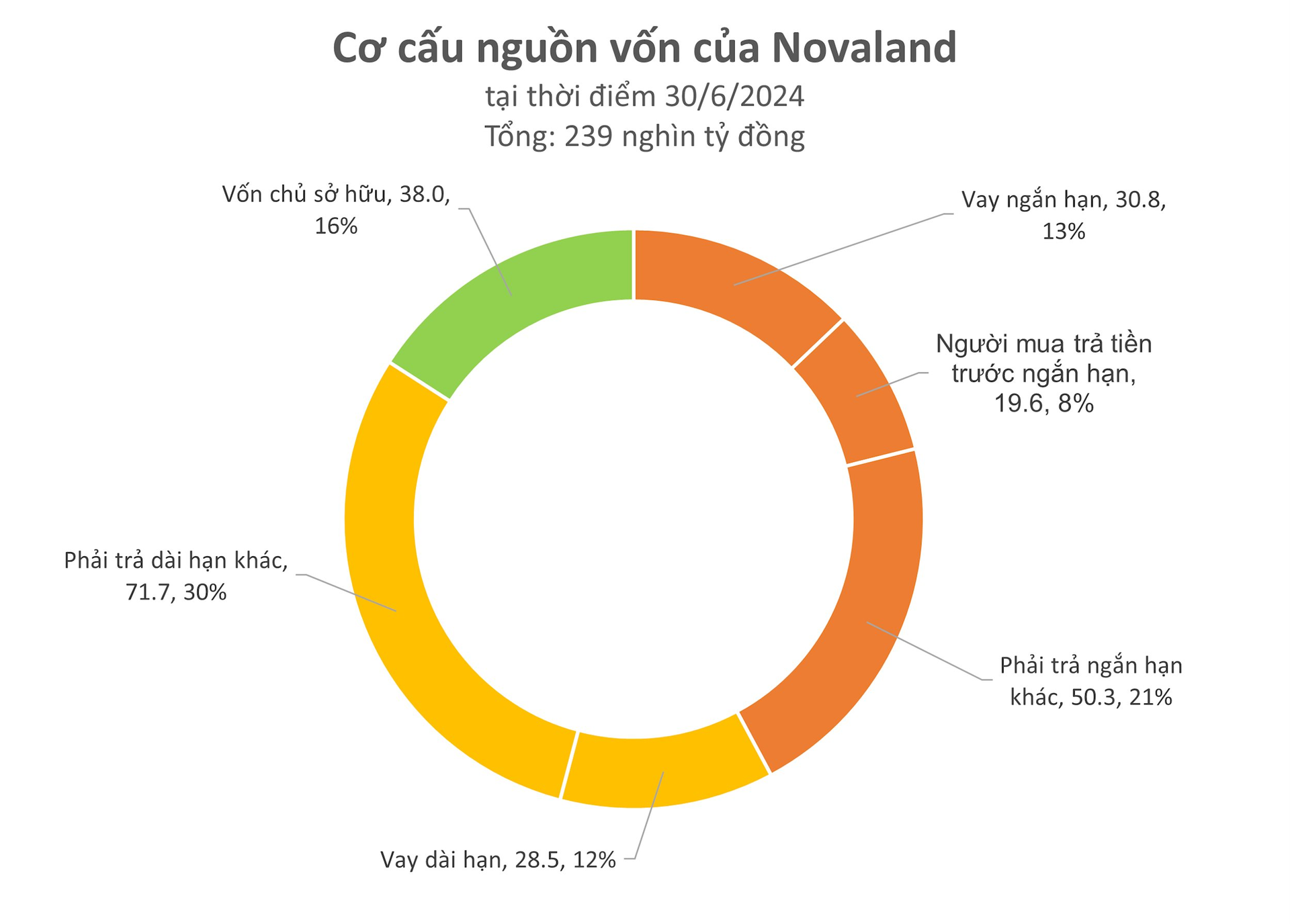The concepts in this book are not borrowed from foreign theories or trendy modern management fads. Instead, they emerge organically from the authors’ practical experiences and careful reflections on their management journey. It is a natural response from managers who have had to navigate situations not covered in textbooks.
Here, “managing volatility” is not presented as a new school of thought in modern management but as a vital survival instinct in the face of an unstable reality. The relationship between volatility, crisis, and risk is analyzed dialectically, rigorously, yet without dogma, in a way that is intuitive and accessible to readers.
What is commendable is that the book goes beyond mere conceptual analysis. The authors take it a step further by linking theory to specific capabilities in organizational management: from goal setting, risk forecasting, and plan adjustments to flexible responses and, ultimately, “dynamic creation,” a uniquely Vietnamese term for purposeful innovation in uncertain conditions.
What is most convincing to readers is the evidence from the Vietnam National Oil and Gas Group (Petrovietnam), an organization with a “double special” character: operating in the volatile energy sector while navigating the constraints and limitations unique to state-owned enterprises.
In 2020, as the world reeled from the COVID-19 pandemic and a historic plunge in crude oil prices, Petrovietnam faced a “double crisis.” It was during this challenging period that the concept of “managing volatility” was first conceived.
A comprehensive set of volatility management solutions was designed and implemented in sync, updated in real time as a vital survival instinct. As a result, Petrovietnam not only weathered the crisis but also achieved positive outcomes in terms of production, finance, budget contributions, human resources management, and governance. This is not a story of mere achievements but a compelling testament to a new approach: when an organization learns to coexist with volatility and responds swiftly and systematically, even a crisis can become a value-creating opportunity.
From 2021 onwards, “managing volatility” at Petrovietnam ceased to be a mere reactive strategy. It evolved into an operational modus operandi, gradually shaping the enterprise’s cultural fabric. Each unit and officer began to understand that while plans are essential, the ability to adjust and adapt them in a dynamic environment is even more crucial.
In 2024, Petrovietnam recorded a remarkable milestone, surpassing the 1 million billion VND revenue mark. This figure not only reflects the organization’s scale but also signifies a process of proactive, flexible, and resilient management amidst continuous volatility in the global economic and geopolitical environment.
Rigid control thinking gave way to flexible control. A culture of “following directives” transformed into a more proactive approach, responding to “living goals.” This was a genuine metamorphosis and a testament to the power of theory rooted in harsh reality, finding its rightful place in the organizational ecosystem.
Notably, the book does not separate theory from practice. Management models such as MBO, KPI, BSC, and OKRs are analyzed for their historical roles and adaptability to volatile environments. The shift from “static goals” to “living goals,” which can be updated and adjusted based on market signals and real-time data, is evidenced by Petrovietnam’s digital dashboard system, effectively monitoring and controlling operations on the ground.
In this vein, concepts such as “value chain management,” “boundary management,” and “value creation” are presented coherently, linked to concrete examples and easily relatable to different organizational levels.
Therefore, this book is not just for senior leaders. It is also valuable for those in intermediate management roles, navigating between old plans and new realities. For small and medium-sized enterprises, where forecasting capabilities are almost non-existent, the “living goal management” approach outlined in this book can offer a fresh perspective: you don’t need to see a hundred miles ahead; just stay alert and take the right steps for the next 100 meters.

The book, “Managing Volatility and Crisis,” aims to provide a systematic approach to both theory and practice, helping managers build adaptive capabilities and proactively create value in an uncertain environment. Structurally, beyond the Preface and Epilogue, the book comprises four logically presented chapters: Chapter I focuses on “The Accelerating Pace of Change in the Business Environment,” Chapter II explores “The Evolution of Management Thinking,” Chapter III delves into “Continuous Goal Management and Volatility,” and Chapter IV analyzes “Managing Volatility at Petrovietnam.”
These pages are born out of a real journey. Dr. Le Manh Hung, Chairman of the Board of Members of Petrovietnam, is the book’s editor. He grew through the ranks, directly involved in core projects in the oil and gas industry from the early days, experiencing various management levels from operations and project implementation to overseeing the entire group.
He became the “captain” of Petrovietnam during its most turbulent and crisis-ridden period: the double crisis of 2020, the COVID-19 pandemic, plummeting oil prices, supply chain disruptions, and internal challenges related to governance and operations. It was in this context that the “managing volatility” mindset was born, conceived by Dr. Hung and his colleagues as they steered the organization through the storm.
“Managing Volatility and Crisis” is not a theoretical treatise or an attempt to persuade. It simply recounts the authors’ experiences, honestly and without embellishment, offering profound insights for readers to draw their own conclusions. This authenticity is the book’s unique value: a true slice of leadership during volatile times, written not just with a pen but with passion and the wisdom of experience.
Building a Startup Nation: Aspirations, Institutions, and Ecosystems
In the 21st century, where cheap resources and labor are no longer a competitive advantage, entrepreneurship, innovation, and human intellect have become the key drivers of economic growth. Transforming Vietnam into a startup nation is not just a strategic direction but an imperative. It is a dream that needs to be realized, and a national mission that goes beyond individual choice.
The Capital City of Hanoi Approves the Proposal to Restructure the Land Development Fund
“The proposal to streamline the Land Development Fund aims to consolidate financial resources efficiently. By doing so, it can promptly meet the demands for capital to facilitate land clearance and resettlement, as well as create a land bank for allocating land to implement land policies. This initiative ensures that the necessary funds are readily available to address these critical aspects of land development, ultimately serving the interests of the people and the nation.”
Expert Insights: Market Correction Likely, Strategize to Seize Opportunities in Select Stock Groups
Investors are advised to exercise caution and refrain from impulsive buying. A sensible strategy would be to reduce exposure in stocks that have experienced sharp surges.






